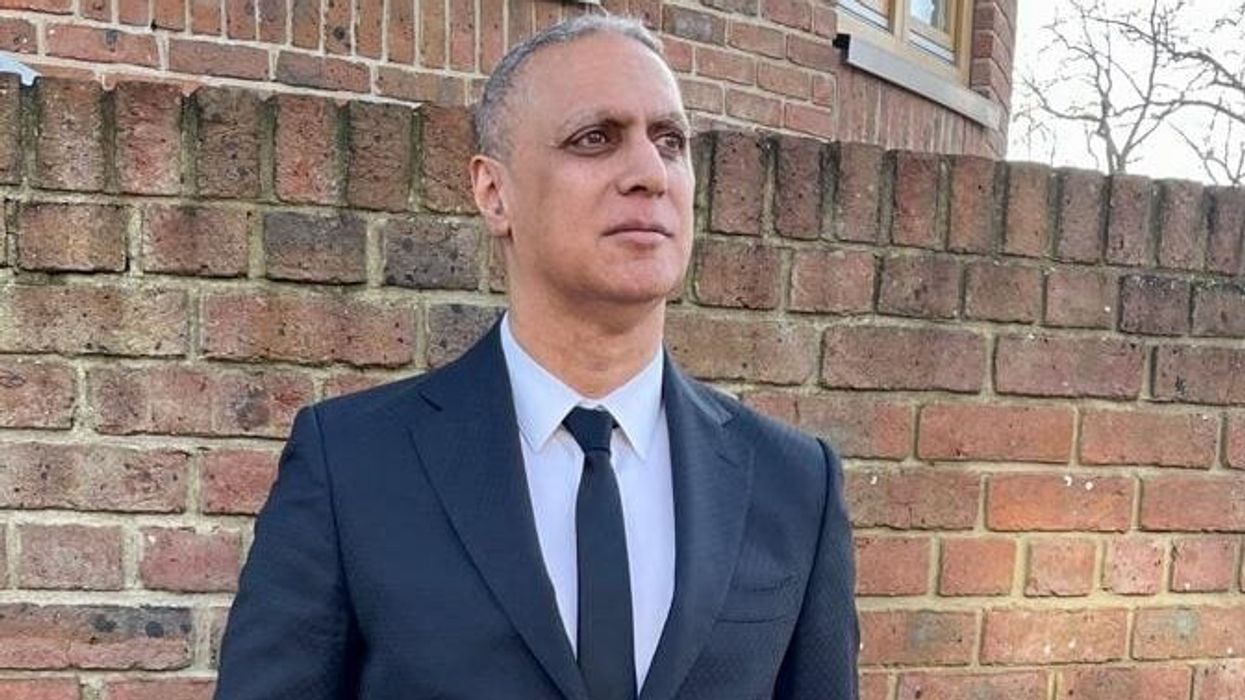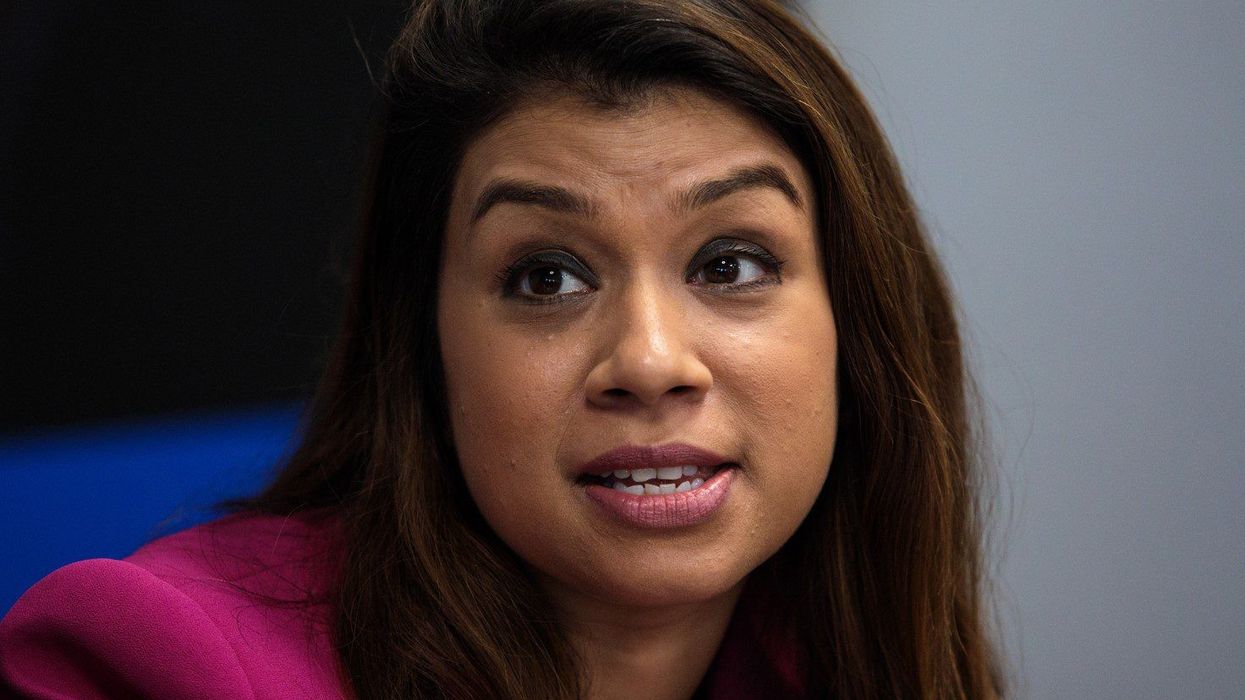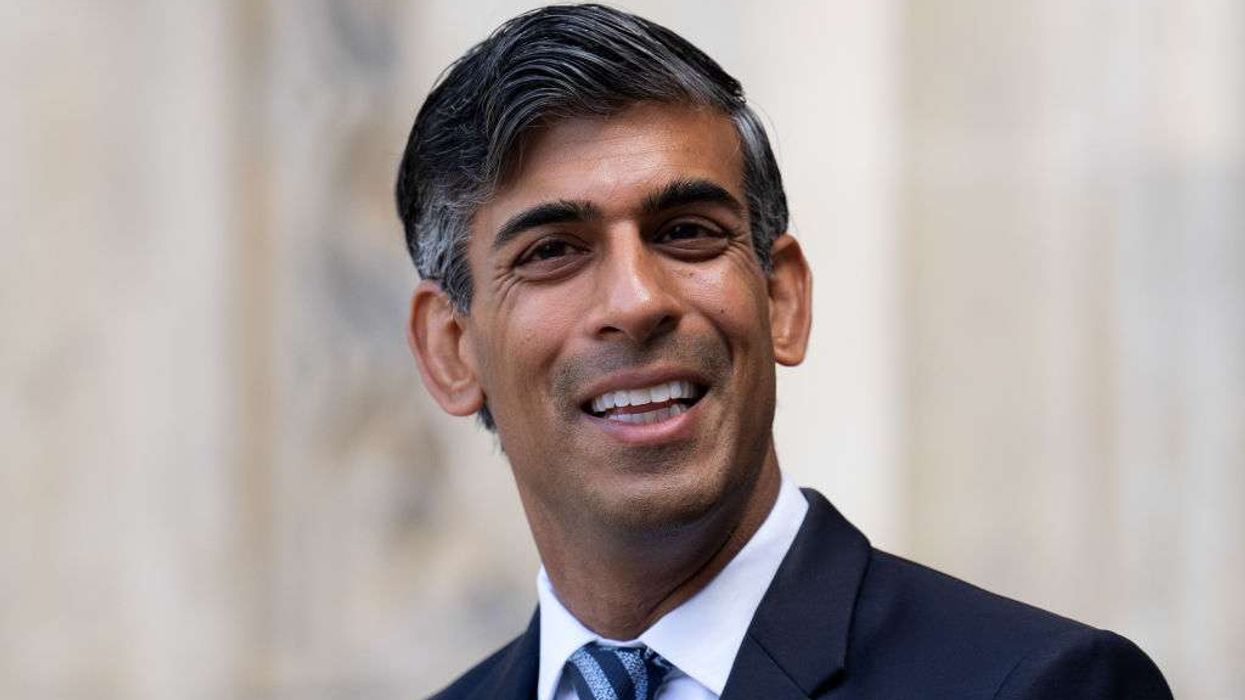ACCLAIMED musician Nitin Sawhney has urged British Asians to pay more attention to their heart health and keep an eye on cholesterol levels following a health scare earlier this year.
Sawhney, 60, was rushed to hospital in March when he suffered a heart attack “out of nowhere” and had a stent inserted in one of the arteries, he said in a social media post at the time.
It came as a shock to Sawhney as he led an active and healthy lifestyle.
“When I spoke to the doctor, he said it was probably a genetic predisposition… basically, as a British Asian I have a significantly higher likelihood of cardiovascular disease or heart attacks,” Sawhney said.
“My dad had a triple heart bypass, my mum had two attacks and three of my uncles had heart attacks, with one dying on the spot. It’s a terrifying feeling,” the musician-composer added.
Staying active was part of Sawhney’s routine – he had a balanced diet, would weight train three or four times a week, do regular kick-box sessions, run 10k and take part in triathlons.
However, when he had the attack, Sawhney described how “Your chest feels like there’s 200kg weight on it… and your head feels like it’s spinning out of control as you struggle to remain conscious”.
Sawhney also revealed in the social media post he “completely blacked out, falling onto a glass ornament from a standing position, smashing the coffee table with my face as I collapsed into a pool of blood and broken shards, penetrating both cheeks, my nose and the area just beneath my eyes”.
He added, “Later a plastic surgeon had to carefully remove pieces of glass from my face with tweezers after four injections to my face.”
“It’s all very traumatic and confusing. I am very lucky to be alive and not blind,” the musician said.
Sawhney wanted to share his story to raise awareness of cardiovascular disease. “There has been an alarming rise in fatalities from heart disease recently particularly among British Asians,” he said.
“So, if you are Asian or, to be honest, in any vulnerable group, get your heart health checked out. It could save your life. You might not see something like this coming… I didn’t.”
Dr Kiran Patel, consultant cardiologist and chair of trustees, South Asian Health Foundation said: “As we emerge from the pandemic there are significant backlogs of care and waiting lists for cardiovascular care, both of which impact upon cardiovascular outcomes.
“It is therefore even more important that patients and their health services provide good access to care and adhere to a healthy lifestyle.
“For south Asian patients, the higher risk of heart disease means it is even more important to address factors such as exercise, healthy diet, measurement of cholesterol levels and treatment, if necessary, with medication, screening for diabetes if your GP or specialist advises, monitoring of blood pressure.
“Doing all of this will help reduce the inequalities in cardiovascular disease which exist.”
In June, the South Asian Health Foundation marked its 25th anniversary and launched a report, Inequalities: Full Stop.
In a chapter on cardiovascular disease, Dr M Justin S Zaman said biological as well as social factors affected the heart health of south Asian and white patients.
Sawhney's injuries after the fall“Previous research has shown a higher socioeconomic status is associated with a lower coronary mortality, and that the social deprivation of areas influences the aetiology and prognosis of coronary disease,” Zaman said.
“Cardiovascular risk within south Asian peoples themselves is heterogeneous, pointing pertinently more towards social causes over biological ones, with those of the lowest socio-economic status having the highest rates of coronary disease,” Zaman added.
At the British Cardiovascular Society conference in Manchester in June, research by the University of Birmingham (funded by the British Heart Foundation) showed there are “sizable inequalities in heart failure treatment and outcomes”.
The risk of death in ethnic minority heart failure patients was calculated to be 36 per cent higher than that of white patients after an average of 17 months, the study showed.
Sawhney said his heart attack was “a bit of a surprise” as he “had a very good healthy lifestyle.”
He added, “What was surprising was they could operate by going through the wrist and didn’t need to cut me open. I was on morphine at the time and I was observing all the time.
“My dad had a triple heart bypass and he had to be cut open – things were a lot more difficult then.”
Sawhney told Eastern Eye, “Asians are at higher risk, people need to get themselves checked out, and do what they can to protect themselves.
“Had I not been healthy I would have been a lot worse. It’s important to eat healthily and have a good diet. If I had blacked out and didn’t have the operation when I did, I could have had serious damage to my heart tissue. Thankfully, my heart is okay and I am monitoring my BP and I am on a lot of medication.
“High cholesterol is something we do have in the Asian community. It’s something that is quite common and can be quite a surprise.
“We should all be aware we are at greater risk of us having a heart attack, so you should get checked regularly because it’s good to keep an eye on cholesterol levels and pay more attention to their overall health and hearts.
“Just because you’re fit and healthy doesn’t mean you have a healthy heart, a simple check-up can save your life.”













